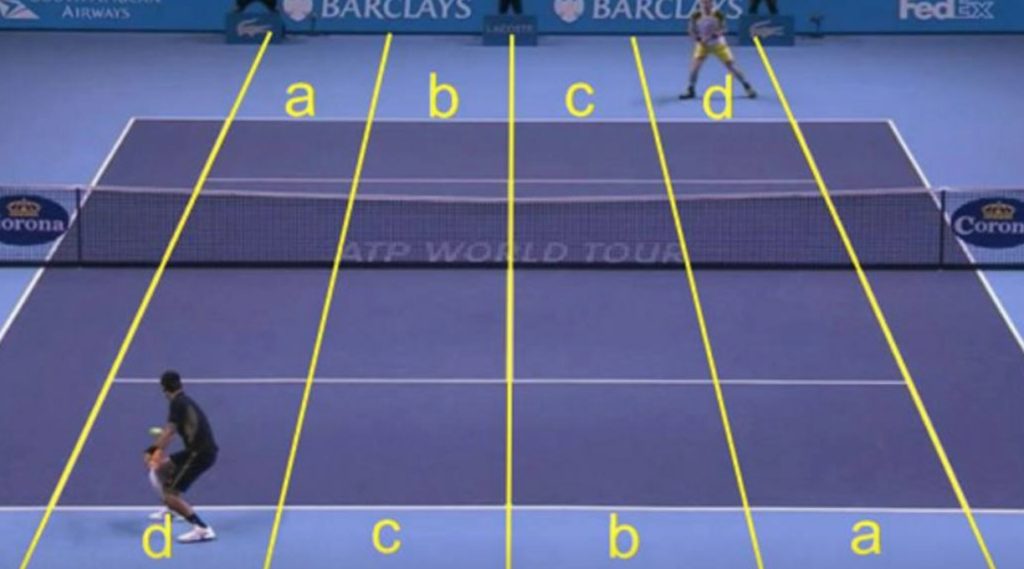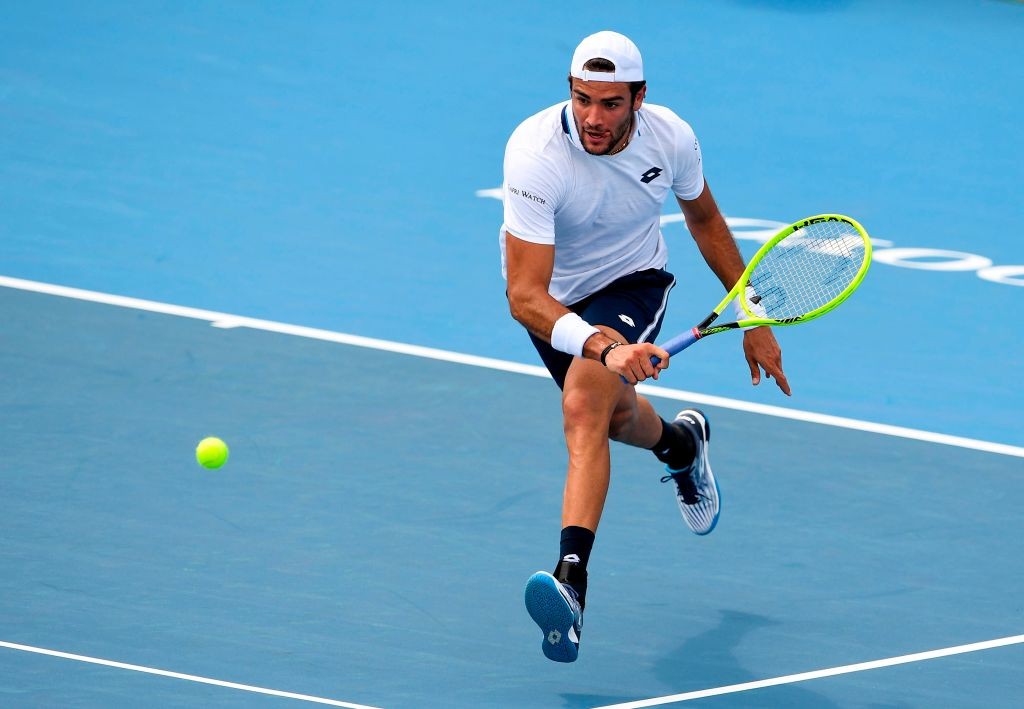How world No 1 strategy coach Craig O’Shannessy uses technology to take Djokovic and Berrettini to the next level
Wimbledon 2015 may seem a lifetime ago but it certainly holds a special place in German tennis player Dustin Brown’s heart. On one sunny July afternoon five years ago, the qualifier outplayed the two -time SW19 champion Rafael Nadal in four sets to stun the Centre Court crowd.
After the game, the then world number 102, humbly said: “You have to play your A-game against him. I am fortunate I played him twice on grass, which is my favourite surface. My game makes him not play his game. He doesn’t get in a rhythm.”
Playing one’s A-game is one thing and doing it against one of the greatest players to have ever graced the sport, another. The key factor in Brown’s favour that day wasn’t the fact that Nadal does not prefer playing on grass, it was that the German knew his opponent’s precise areas of weakness and constantly probed him into making unforced errors.
This wasn’t down to luck but due to the brains of world number 1 strategy coach Craig O’Shannessy working behind the scenes, studying a number of Nadal’s games before sending Brown onto Centre Court to cause one of the biggest upsets it’s seen in the last decade.
Growing up playing tennis at the junior level in Australia, O’Shannessy developed the strategic side of his game which helped him launch Brain Game Tennis – a website offering strategy courses to help players analyse the sport from a completely different angle.
If you thought tennis wasn't a game of analytics, think again.
Craig O'Shannessy (aka @BrainGameTennis) is a strategy analyst for Team Djokovic, and believes in the truth of numbers and patterns in our seemingly "random" sport. #TenniStory pic.twitter.com/cQPV9fPmyz
— Tennis Channel (@TennisChannel) June 8, 2019
Using a video-analysis solution called Dartfish, the Aussie strategy guru aims to create a Moneyball version of tennis and believes that numbers and analytics are the future of the sport.
Ahead of the Australian Open, which will kick start the new Grand Slam decade, Sports Gazette caught up with the man himself, who is part of Team Novak Djokovic and Team Matteo Berrettini, to understand how technology is helping them take their game to the next level.
“It’s in the numbers that we find the real truth about what matters most to win matches. The analytics tell a much more accurate story on who won and why,” said O’Shannessy.
“I can cut the match up and look at all the forehand and backhand winners, or the forehand returns, or the serves out wide. Once you cut a match up into patterns, it’s easier to see what’s working for you, what needs improving, and which ones you should be doing more of.”
In his opinion, the sport is broken down into four major components – serving, rallying, approaching and returning. For each of these different elements, he calculates the percentage of each shot and the probability of success or failure that comes with playing it.
He joined Djokovic’s camp towards the end of 2017 and the two haven’t looked back since then. The Serb was ranked 12th when O’Shannessy became his strategic coach and within less than a year of working together, he was back at the summit, ending 2018 as the top-ranked men’s player.

Along with winning two Grand Slams in 2018 and 2019, he also bagged a couple of Masters 1000’s titles in either season. In contrast, he failed to win a single Grand Slam or Masters 1000 event throughout the 2017 campaign.
So what impact did O’Shannessy’s presence have on Djokovic’s overall game? “His serve picked up towards the end of the year (2019). His ability to hit spots and win the guessing game of serve location – both with first and second serves,” answered the Dartfish expert.
Going into further detail, he continued saying: “We know where he creates separation from opponents and which patterns he may be underutilising. We look to the other side of the court to figure out how opponents match up against him, their strengths and weakness and how they can be moved to their weaker side of the court.”
Another player who’s benefitted by joining Team O’Shannessy is Italian number one and Australian Open eight seed Matteo Berrettini. The 23-year-old paired up with the tennis guru in July last year and has since seen a surge up the ATP rankings.
After the French Open, he was ranked 30th in the world and wasn’t tipped to have a glittering end to the year. However, what transpired was for everyone to witness as he made it to his first Grand Slam semi-final at the US Open a little over two months later.
Prior to his swashbuckling run of form at Flushing Meadows, he also made it to the last 16 of Wimbledon where he eventually bowed out to Roger Federer. He’s identified his forehead as his biggest strength but his strategy coach waxed lyricals of another stroke.

“I really like his backhand slice. It neutralises the opponent’s backhand really well. When I see him hit it, I rarely see opponents do something with it. I don’t see them hitting winners off his backhand slice,” explained O’Shannessy.
Eventually, he went on to heap praise on his forehand along with his serve – stating the importance both have had in propelling the Italian up the ATP Rankings and giving him an unlikely berth at the ATP World Tour Finals last year.
The Brain Game Tennis founder said, “Matteo excels at the two biggest weapons in our sport – the serve and forehand. His rise up the rankings is also attributed to his ability to implement game plans and focus his strengths against his opponent’s weaknesses. His understanding of when to use his primary patterns when he needs a point, and when to mix to secondary patterns when the score is in his favour. He wants to confuse opponents with his strategies.”
The Australian Open commences on Monday with Djokovic squaring off against the unseeded German Jan-Lennard Struff while Berrettini faces Aussie wildcard Andrew Harris.